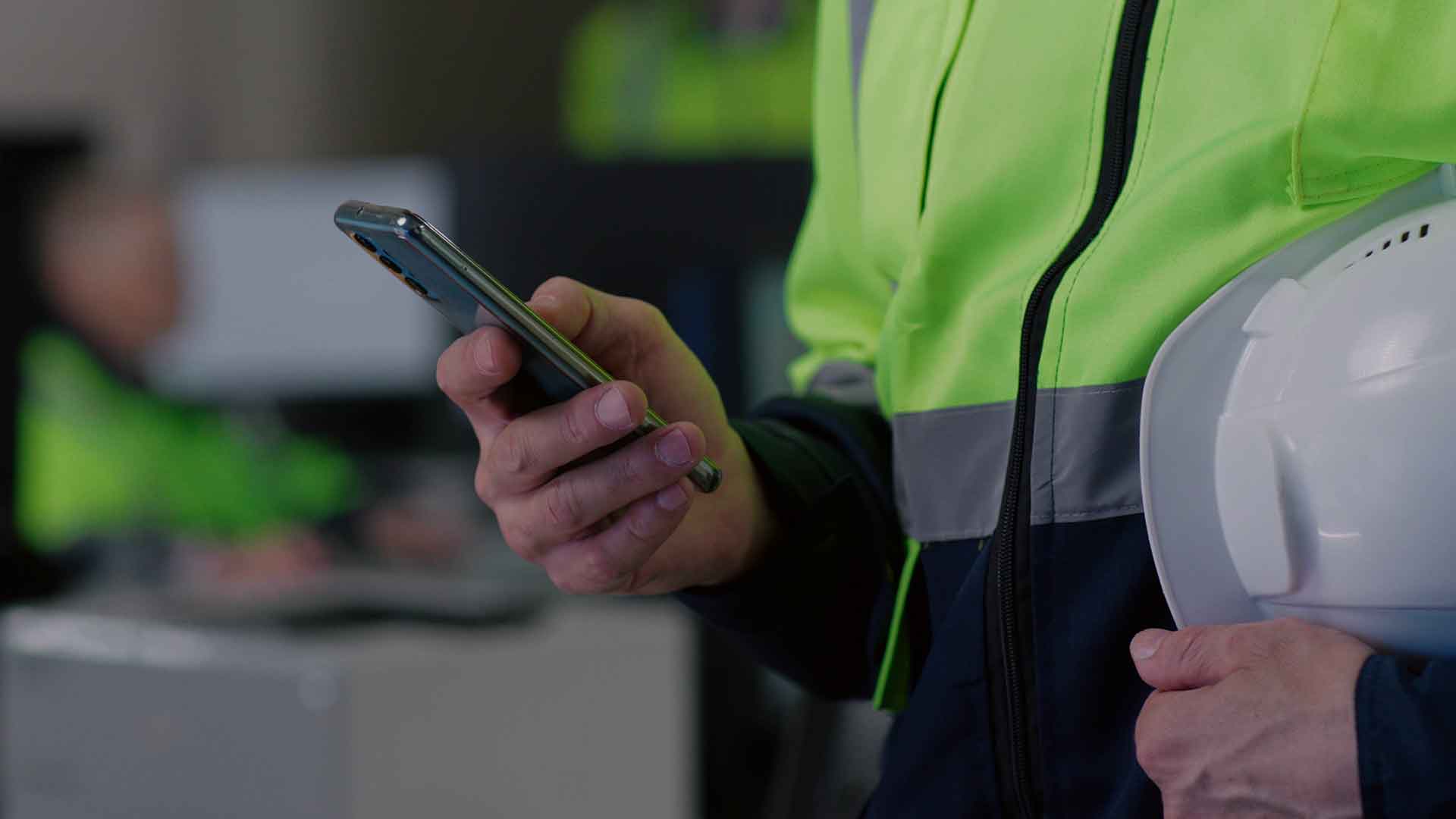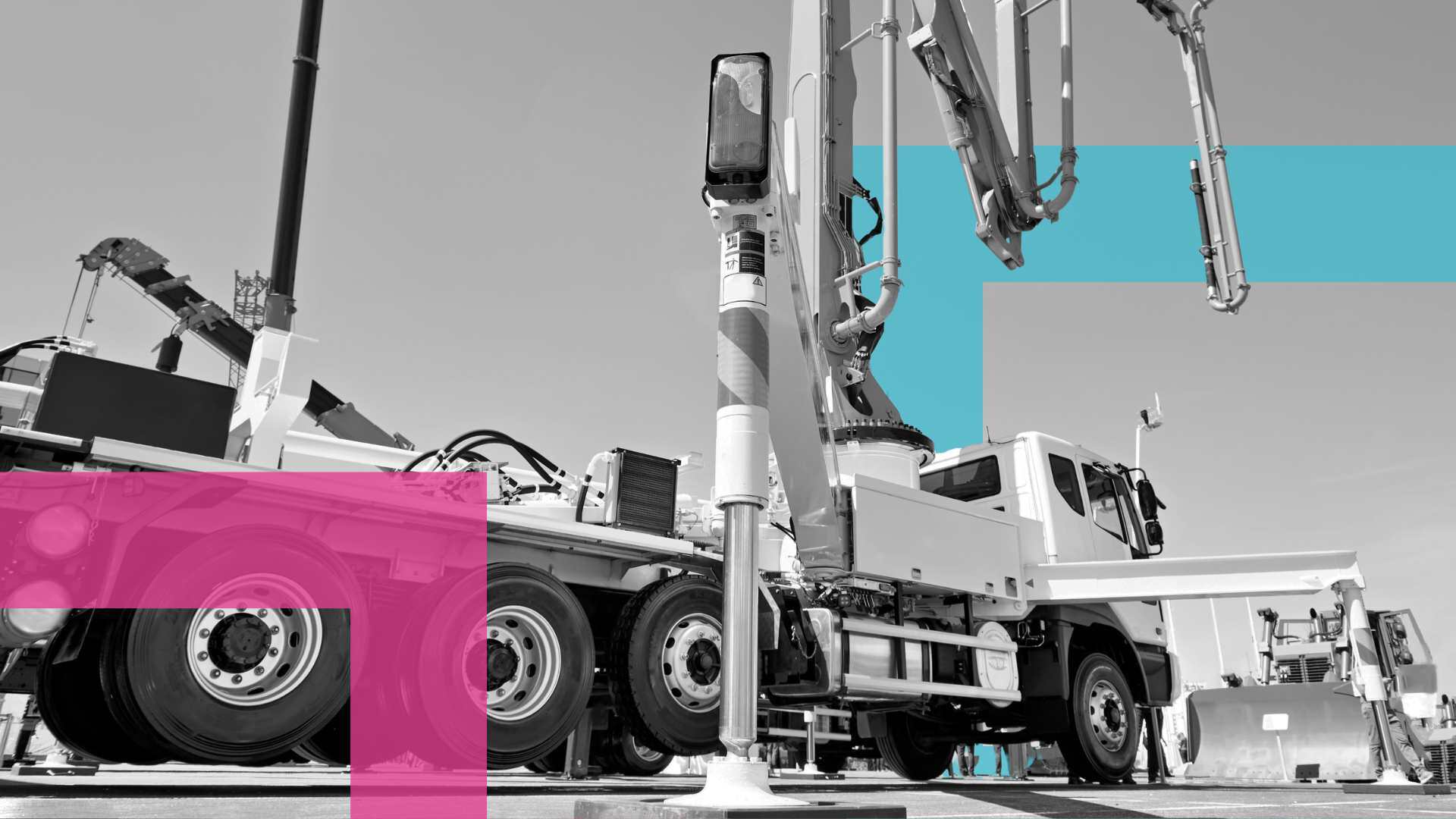Pre Start Plus rebranded to Ideagen Asset Guard
Ideagen Plant Assessor is pleased to announce the rebrand of its flagship pre-start app, Pre Start Plus, to Asset Guard. This rebrand aligns with...
|
|
Machinery Pre Starts
|
|
|
Risk Management &
|
|
|
Document Management
|
|
|
Dashboards & Reporting
|
|
|
Machinery Risk Assessments
|
|
|
Service & Maintenance
|
|
|
Safe Operating Procedures
|
|
|
MySite
|
|
|
View All Features |
Case Studies
Hear from our clients
Events
Find us at industry events
Guides
Find industry-specific guides
Learn
Educational content
News & Articles
Industry news and articles
Safety Legislation
We keep up with safety legislation
so you don't have to
Videos
Find overviews and informative
videos here
Webinars
View upcoming and on-demand webinars
Promotions
See our current promotions
FAQ
All of our frequently asked questions
Help Centre
How to use our software
View a Demo
Let us walk you through Ideagen Plant Assessor features
Release Centre
Product updates and release information

In an ideal world, incidents on site would never transpire. But sadly, this isn’t the case.
Incidents involving machinery tragically occur every day; and every day, state and territory regulators receive reports of these incidents. That begs the question, do you know your requirements when it comes to reporting an incident to the regulator? Do you know when and how to report a machinery incident? We delve into the details in this article.
What is a notifiable incident?
To understand when the regulator needs to be notified of a machinery incident, we need to look at the legislation for the definition of a notifiable incident. The various Work Health and Safety Acts around the country state that a notifiable incident involves:
1. The death of a person
2. A serious injury or illness of a person
3. A dangerous incident
A serious injury or illness includes:
A dangerous incident means an incident in relation to a workplace that exposes a worker or any other person to a serious risk to a person’s health or safety emanating from an immediate or imminent exposure to:
For further information and clarification of what constitutes a serious injury, serious illness or a dangerous incident, see the incident notification (Part 3) in your relevant WHS Act.
How should I notify the regulator?
The legislation specifies that the regulator in your jurisdiction, such as SafeWork NSW in New South Wales, should be notified in the fastest means possible, which may be via telephone, or email. When this notice is given, you need to provide information about the incident including the location and time of the incident, the machinery involved, the injuries sustained, and any other relevant details. Follow the links below for information on contacting the regulators in each Australian state and territory to report an incident.
New South Wales - SafeWork NSW
Western Australia - WorkSafe Western Australia
Northern Territory - NT WorkSafe
Australian Capital Territory - WorkSafe ACT
What about New Zealand?
The rules for reporting machinery incidents in New Zealand are very similar to Australia. Although worded slightly differently, the Health and Safety at Work Act 2015 defines a notifiable event as being the same as the Australian federal Act; the incident involves death, serious injury or illness, or a serious incident. These incidents must be reported to WorkSafe New Zealand.
What else should I do in the event of a machinery incident?
When a machinery incident occurs on site, notifying the regulator is not usually your first priority. There are a number of other important steps to remember when responding to an incident. Make sure you remember the basics of incident response including:
Render first aid if a person has been injured as a result of the incident.
Call emergency services if medical treatment is required for an injured person or people.
Isolate the machine involved in the incident and any other machinery that may pose a risk to yourself or others.
Assess the risk of any other hazards in the area to reduce the potential for another incident to occur.
Protect the site from disturbance to allow for regulator inspectors to gain an accurate understanding of the incident and what caused it.
Once you have assisted anyone involved and protected the site, the regulator in your state or territory should then be immediately notified of the incident.
Plant Assessor is here to help
Want to know more about how Plant Assessor can help reduce the risks of an incident involving your machinery? Contact our team today on 1300 728 852 or email info@assessor.com.au.
Disclaimer: This information is intended to provide general information on the subject matter. This is not intended as legal or expert advice for your specific situation. You should seek professional advice before acting or relying on the content of this information.

Ideagen Plant Assessor is pleased to announce the rebrand of its flagship pre-start app, Pre Start Plus, to Asset Guard. This rebrand aligns with...
.png)
Many businesses operating machinery still rely on traditional paper pre start books for daily machinery checks. While these booklets serve their...

A concrete company based in Melbourne has been convicted and fined $30,000 after an incident involving a concrete pump resulted in a worker’s hand...